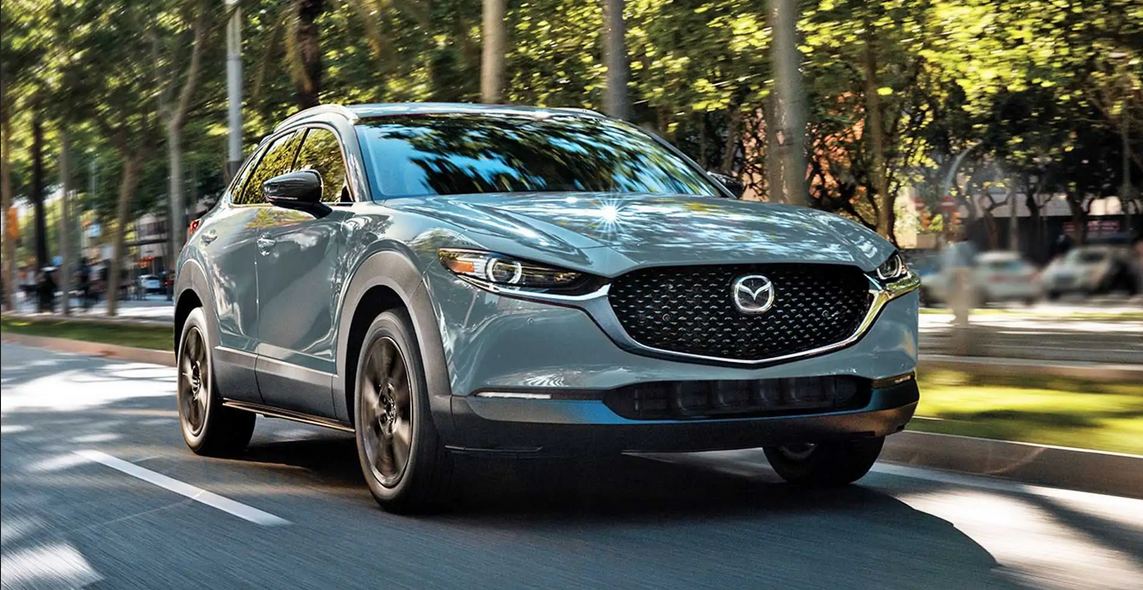Mazda Motors – A Comprehensive Overview
Table of Contents
Introduction (Mazda)

In the world of automobile manufacturing, Mazda is a name that resonates with innovation, quality, and a distinct approach to crafting vehicles. Founded in 1920, this Japanese automotive company has left an indelible mark on the industry. With a storied history, a global presence, and a commitment to pushing the boundaries of automotive technology, Mazda has earned its place among the industry’s most respected and admired brands. This article aims to provide an extensive overview of Mazda Motors, covering various aspects such as its history, production plants, renowned vehicles, comparisons with other automakers like Toyota, and the pros and cons of owning a Mazda vehicle.
Mazda: A Brief History
Mazda Motor Corporation, often referred to simply as Mazda, has a rich history dating back over a century. The company was officially founded in 1920 in Hiroshima, Japan, under the name Toyo Cork Kogyo Co., Ltd., and initially focused on manufacturing cork products. However, it wasn’t until 1931 that Mazda introduced its first vehicle, the Mazda-Go, a small three-wheeled truck.
Over the years, Mazda has evolved and expanded its product line, becoming a prominent player in the global automotive industry. Mazda’s commitment to innovation and engineering excellence became evident through its unique approach to design and engineering. One of the most remarkable examples of this approach is the development of the Wankel rotary engine, which Mazda introduced in the 1960s.
This groundbreaking technology set Mazda apart and led to the production of iconic models like the Mazda Cosmo and the Mazda RX-7. The rotary engine’s compact size, high-revving nature, and smooth power delivery made it a hallmark of Mazda’s performance-oriented vehicles.
In 1984, Mazda adopted its current name, Mazda Motor Corporation, as part of a broader rebranding effort. During the 1990s and 2000s, Mazda formed partnerships with other automotive giants like Ford and adopted a globalized approach to manufacturing and product development. This period saw the launch of popular models such as the Mazda Miata (MX-5), Mazda6, and Mazda3, which further solidified Mazda’s reputation for producing vehicles that emphasized driving dynamics and style.

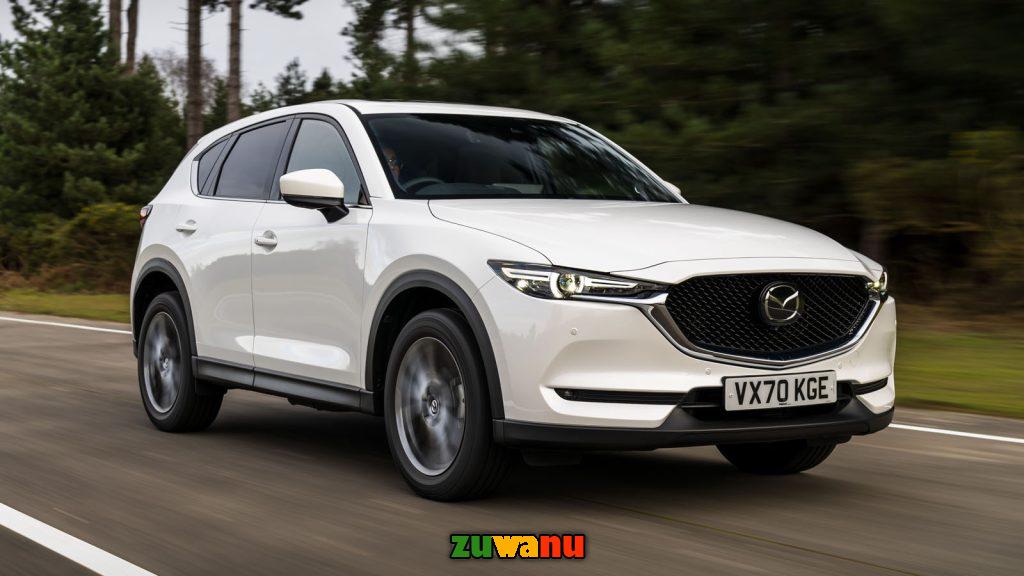
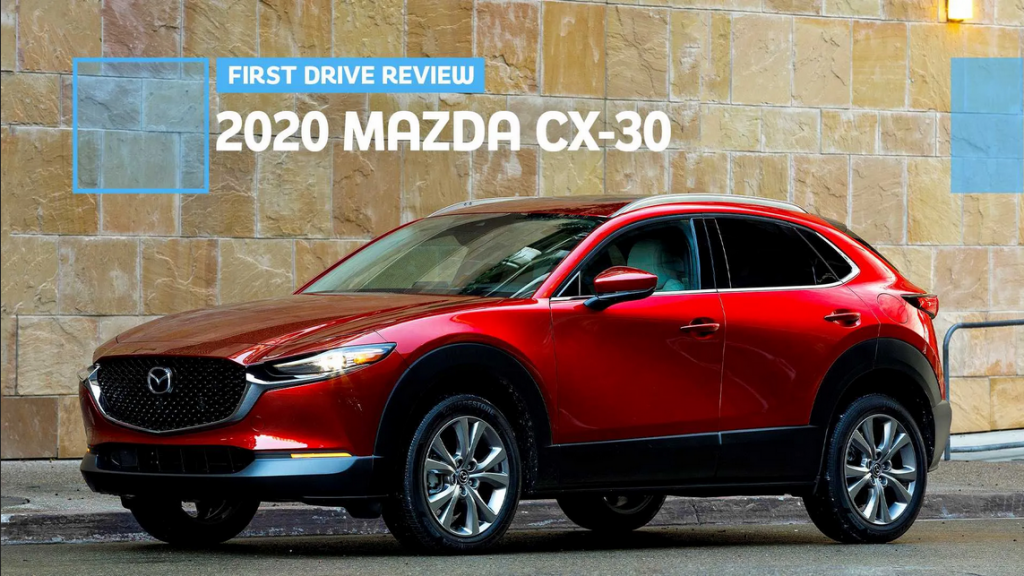
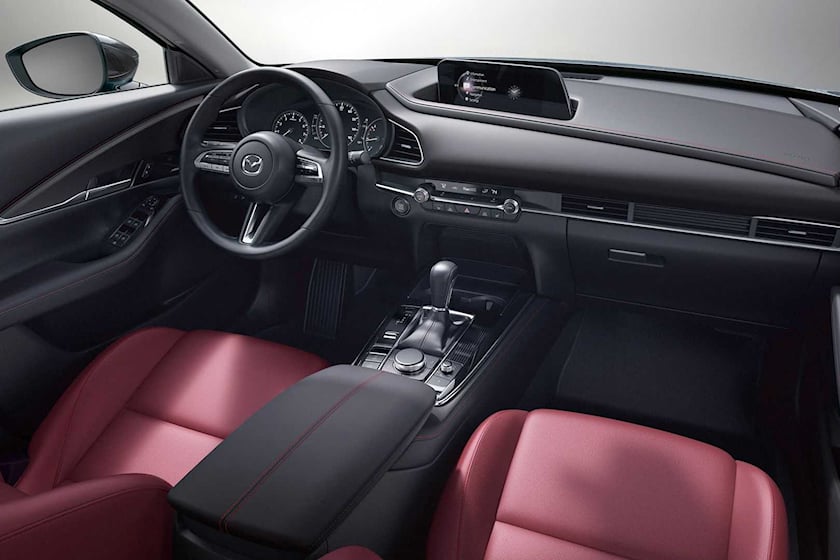
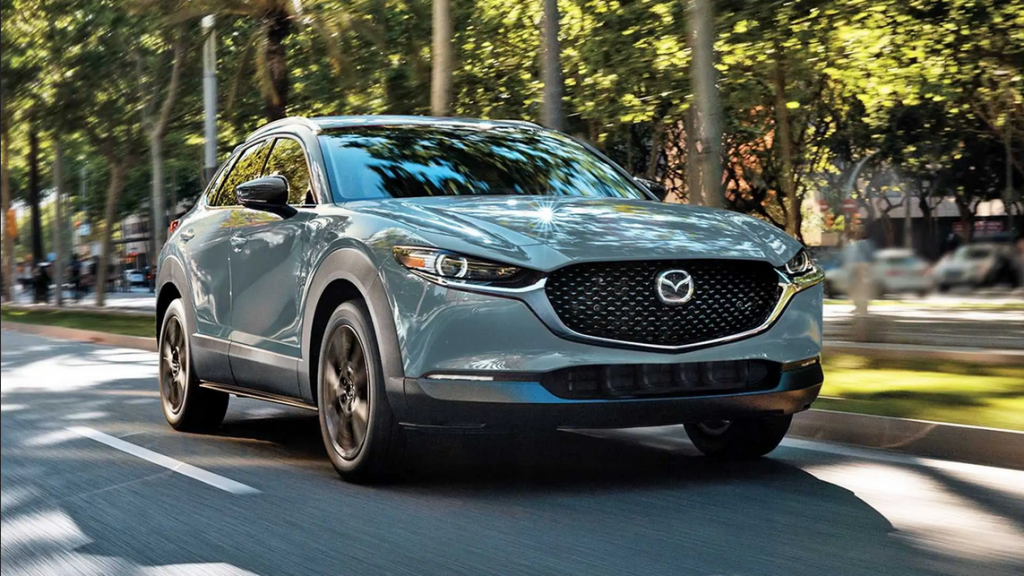
Mazda’s Production Plants and Capacity
Mazda’s production plants are strategically located across the globe, allowing the company to cater to various markets efficiently. While the number of plants and production capacity can vary over time due to market demand and other factors, here are some of the notable production facilities:
Hiroshima Plant: The Hiroshima Plant is Mazda’s main production facility, located in the city where the company was founded. This facility is responsible for producing a wide range of Mazda vehicles, from the Mazda3 to the Mazda CX-5. It has a significant annual production capacity, reflecting its status as Mazda’s flagship manufacturing site.
Mazda-Toyota Manufacturing, USA: In partnership with Toyota, Mazda established a state-of-the-art production plant in Huntsville, Alabama. This facility, known as Mazda Toyota Manufacturing, has a substantial production capacity and plays a crucial role in manufacturing vehicles like the Mazda CX-30 and Toyota Corolla Cross.
Mazda Mexico Vehicle Operation: Located in Salamanca, Mexico, this plant specializes in the production of vehicles for the North and South American markets. Models like the Mazda2 and Mazda3 are manufactured here.
Hofu Plant: The Hofu Plant is another key manufacturing facility for Mazda, situated in Hofu, Yamaguchi, Japan. This plant produces a variety of Mazda vehicles, including the Mazda6 and Mazda CX-9.
Thailand Manufacturing: Mazda operates a manufacturing facility in Thailand, which contributes to meeting the demand for Mazda vehicles in the Southeast Asian market.
China Manufacturing: As part of its global strategy, Mazda has manufacturing operations in China, allowing it to cater to the world’s largest automotive market.
The production capacity at each of these facilities can vary based on market conditions and the specific models being produced. However, combined, Mazda’s global production capacity enables it to produce several hundred thousand vehicles annually.
What Is Mazda Famous For?
Mazda has garnered recognition and respect in the automotive industry for several key attributes that set it apart from other manufacturers.
- Zoom-Zoom Philosophy: Mazda’s “Zoom-Zoom” philosophy is at the core of its brand identity. This philosophy is a reflection of Mazda’s commitment to creating vehicles that deliver an exhilarating and engaging driving experience. Mazda focuses on the connection between the driver and the car, emphasizing the joy of driving.
- SkyActiv Technology: Mazda’s SkyActiv technology is a holistic approach to vehicle design that encompasses the engine, transmission, chassis, and body. It’s aimed at improving fuel efficiency, reducing emissions, and enhancing the overall driving experience. This commitment to innovation led to the development of efficient SkyActiv-G and SkyActiv-D engines, as well as the SkyActiv-Chassis for responsive handling.
- Kodo Design Language: Mazda’s Kodo design language is all about creating vehicles with a sense of motion and vitality, even when at rest. This design philosophy results in sleek, sculpted exteriors and beautifully crafted interiors that reflect a sense of sophistication and style.
- Rotary Engine Heritage: Mazda’s legacy of rotary engine development, although less prominent in recent years, is iconic. The Mazda RX-7 and Mazda RX-8 are celebrated for their unique and high-revving rotary engines. This history underscores Mazda’s innovative spirit and engineering prowess.
- Safety Innovations: Mazda has consistently incorporated advanced safety features into its vehicles. The i-Activsense suite includes technologies such as adaptive cruise control, lane-keeping assist, and automatic emergency braking. Mazda’s commitment to safety has been recognized with high safety ratings and awards from organizations like the IIHS and NHTSA.
- Exceptional Build Quality: Mazda vehicles are known for their quality construction and attention to detail. The company’s commitment to craftsmanship is evident in the fit and finish of their vehicles, contributing to a premium feel.
- Environmental Responsibility: Mazda has made significant strides in reducing the environmental impact of its vehicles. The company has developed various eco-friendly technologies, including electric and hybrid powertrains, as well as a commitment to reducing CO2 emissions in its manufacturing processes.
Mazda’s reputation for these qualities has endeared it to a global customer base, making it a strong contender in the automotive industry.
Is Mazda Better than Toyota?
Comparing Mazda to Toyota is a common inquiry among potential car buyers, as both companies have established themselves as reputable manufacturers with distinct characteristics.
While it’s challenging to definitively declare one brand as superior to the other, each brand has its own strengths and characteristics that appeal to different preferences and priorities. Here are some factors to consider when comparing Mazda to Toyota:
- Driving Dynamics: Mazda is often favored for its emphasis on delivering an engaging and fun-to-drive experience. The “Zoom-Zoom” philosophy permeates Mazda’s lineup, with vehicles known for their precise handling and responsive steering. Toyota, on the other hand, focuses more on comfort and reliability. If you value spirited driving, Mazda may be the brand for you.
- Fuel Efficiency: Mazda’s SkyActiv technology has enabled it to produce vehicles with impressive fuel efficiency. Many Mazda models offer competitive gas mileage, making them a good choice for those concerned about the environment and their wallets. Toyota has a strong reputation for fuel-efficient hybrid technology, which is a major selling point for eco-conscious consumers.
- Reliability: Both Mazda and Toyota are known for their reliability. Toyota often ranks high in reliability studies, and Mazda has made significant strides in this area over the years. Long-term dependability is a shared trait between the two brands.
- Price and Value: Mazda vehicles are often positioned as a more premium option within their respective segments, offering a blend of quality, style, and performance. Toyota vehicles are known for their value and cost-effectiveness. The choice may come down to whether you prioritize luxury or affordability.
- Model Range: Toyota boasts a broader range of models, including sedans, SUVs, trucks, and hybrid vehicles. Mazda’s lineup is more compact but still covers a variety of segments, emphasizing their core strengths in each category.
- Resale Value: Toyota vehicles typically have strong resale value, which can be a significant factor for buyers looking for a long-term investment. Mazda’s resale value is solid, but it might not match Toyota’s in certain categories.
Ultimately, the choice between Mazda and Toyota comes down to personal preferences, driving needs, and priorities. Both manufacturers have loyal followings, and it’s advisable to test drive models from each brand to see which one aligns better with your requirements.
Five Notable Mazda Vehicles
Mazda has produced a diverse range of vehicles over the years, each catering to different segments of the market. Here are five notable Mazda vehicles that have made a significant impact and continue to be appreciated by consumers:
- Mazda MX-5 Miata: The Mazda MX-5, often referred to as the Miata, is a beloved roadster known for its affordability, driving dynamics, and timeless design. It’s an icon among sports car enthusiasts and has been a consistent favorite for those seeking an affordable, rear-wheel-drive, two-seat convertible.
- Mazda3: The Mazda3 is a compact car that showcases Mazda’s “Kodo” design language and SkyActiv technology. It’s available as a sedan or hatchback and is celebrated for its balance of style, performance, and value. The Mazda3 has been a popular choice for individuals looking for an economical yet engaging daily driver. Mazda CX-5 price in Nigeria: Detailed review⤵️
- Mazda CX-5: The Mazda CX-5 is a compact crossover SUV known for its premium feel and enjoyable driving experience. It combines a stylish exterior with a well-crafted interior, making it a strong contender in the competitive SUV market.
- Mazda6: The Mazda6 is a midsize sedan that emphasizes driving dynamics and elegant design. It’s often described as a “driver’s sedan” and is suitable for those who value performance and style in a family car.
- Mazda RX-7: The Mazda RX-7 is an iconic sports car, primarily celebrated for its rotary engine. While no longer in production, it left a lasting legacy for its unique engine technology and agile handling. The RX-7 remains a cherished collector’s item among automotive enthusiasts.
These five vehicles showcase the diversity of Mazda’s lineup and its commitment to producing cars that cater to various tastes and needs.
Pros and Cons of Mazda Vehicles
Owning a Mazda vehicle comes with a set of advantages and disadvantages, like any car brand. Let’s explore the pros and cons of Mazda vehicles:
Pros:
- Driving Dynamics: Mazda vehicles are renowned for their engaging driving experience. The precise steering, responsive handling, and well-tuned suspension contribute to a dynamic and enjoyable ride.
- Stylish Design: Mazda’s Kodo design language gives their vehicles a distinctive and striking appearance. The attention to aesthetics extends to the interior, resulting in an overall premium feel.
- Fuel Efficiency: Many Mazda models are equipped with efficient SkyActiv engines, providing excellent fuel economy. This can lead to savings on fuel costs over time.
- Reliability: Mazda has consistently improved its reliability and durability over the years, earning high marks in various industry rankings and surveys.
- Safety Features: Mazda has integrated advanced safety features into its vehicles, offering options like adaptive cruise control, blind-spot monitoring, and automated emergency braking. This prioritization of safety is reassuring to owners.
Cons:
- Limited Model Range: While Mazda’s focus on quality and performance is admirable, their lineup is smaller than some competitors like Toyota, limiting the variety of options available to consumers.
- Resale Value: While Mazda vehicles have solid resale value, they may not retain their value as well as some Toyota models. This can affect long-term ownership costs.
- Interior Space: Some Mazda models, particularly in the compact and subcompact segments, may have limited rear-seat and cargo space compared to rivals. This could be a drawback for those who need more room for passengers and luggage.
- Infotainment System: While Mazda’s infotainment systems have improved in recent years, they may not be as intuitive or feature-rich as those offered by some competitors.
- Limited Performance Models: While Mazda has produced performance-oriented vehicles like the MX-5 Miata and MazdaSpeed variants in the past, there are fewer options for buyers seeking high-performance models compared to some other brands.
In conclusion, Mazda vehicles offer a compelling blend of driving pleasure, design, and value. However, they may not appeal to every consumer, and the pros and cons should be considered based on individual preferences and requirements.
Conclusion
Mazda Motors, with its storied history, innovative technologies, and commitment to delivering a unique driving experience, has solidified its place as a prominent automaker in the global market. The company’s emphasis on the “Zoom-Zoom” philosophy, SkyActiv technology, and distinctive design language has endeared it to a broad spectrum of consumers.
Mazda’s production plants across the world contribute to its ability to meet global demand and produce a diverse range of vehicles, from sports cars to family SUVs. The brand’s reputation for quality and craftsmanship has only grown stronger over the years.
When comparing Mazda to other automakers like Toyota, it’s essential to recognize the distinct strengths and attributes that each brand brings to the table. Mazda is often favored for its driving dynamics and style, while Toyota is known for reliability and a broader range of options.
Mazda’s lineup of vehicles, which includes the MX-5 Miata, Mazda3, Mazda CX-5, Mazda6, and past icons like the RX-7, appeals to a wide range of consumer preferences.
Owning a Mazda vehicle comes with its advantages, including a spirited driving experience, stylish design, and improved reliability. However, there are cons to consider, such as limited model variety and potential differences in resale value compared to other brands.
In the end, the decision to purchase a Mazda vehicle should align with individual needs and priorities. Mazda’s rich history, commitment to innovation, and dedication to delivering the joy of driving continue to make it a compelling choice in the world of automobiles.

